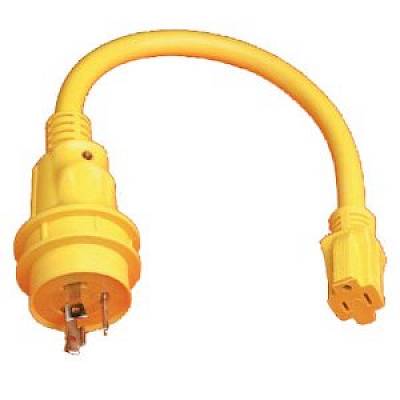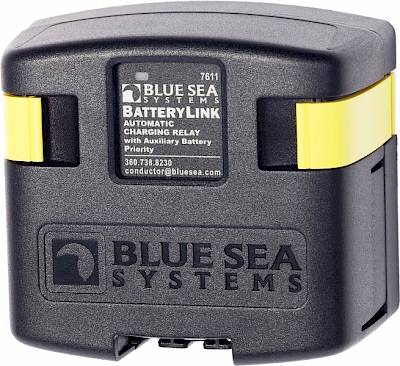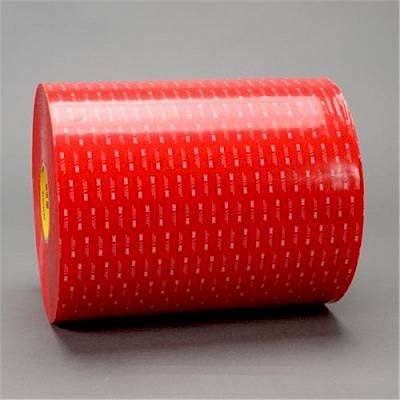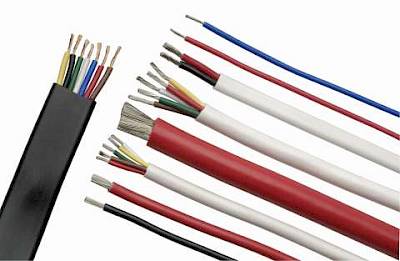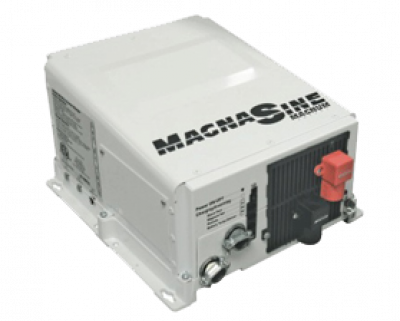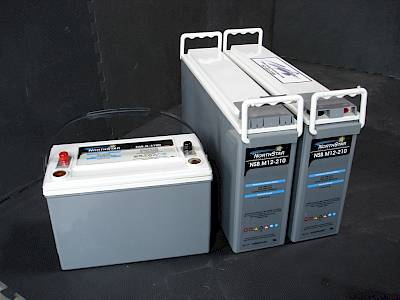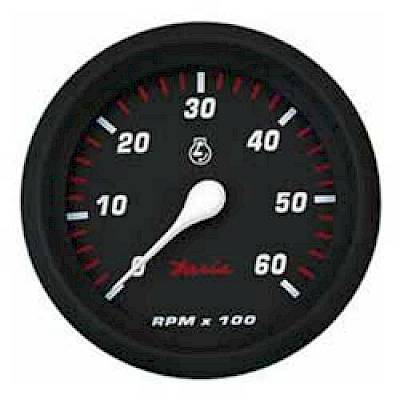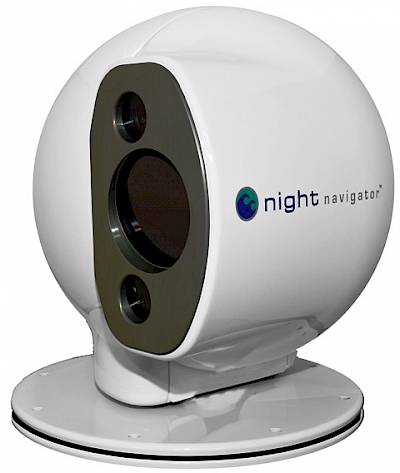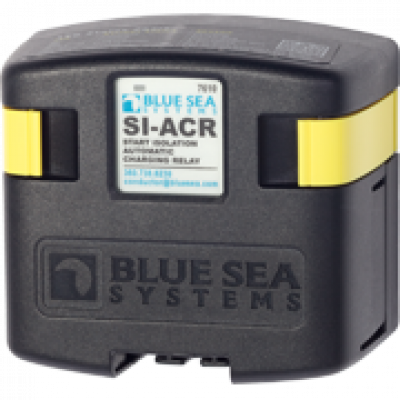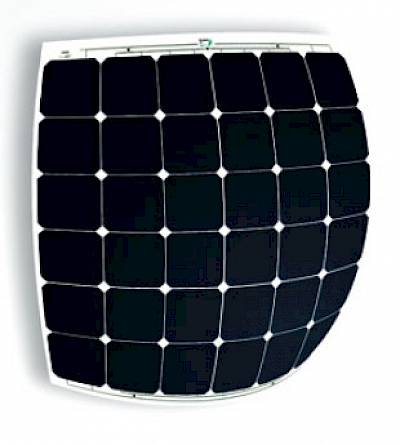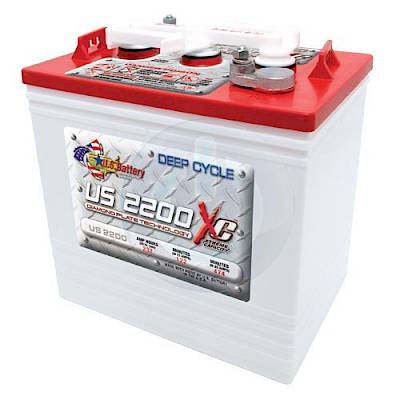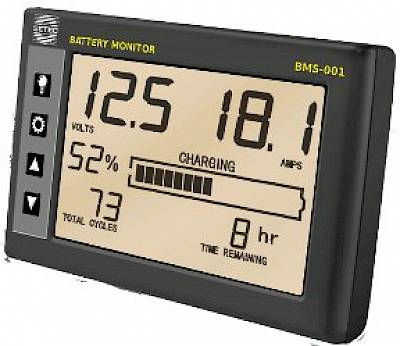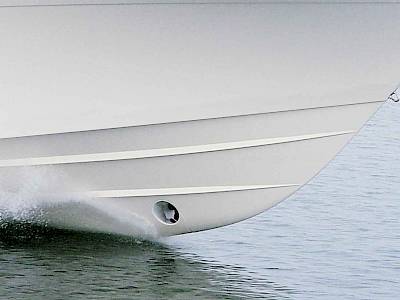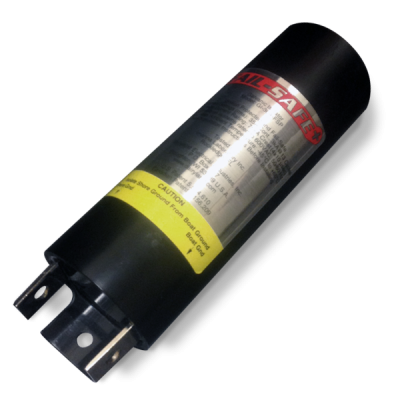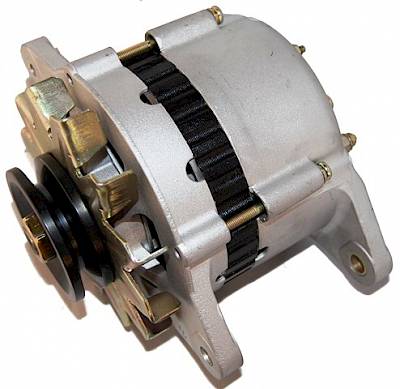
Engine Starter Circuit
A common calamity for which we often get requests for a service call is the engine failing to start or even “turn over”. Most of us are familiar with the voltage low battery sound of an engine starter motor slowly turning the engine over, but not quick enough to start the engine; some people may have even heard the “clicking” sound from battery voltage so low that the starter motor does not even engage. Traditional starter circuits are relatively simple, and a basic understanding of the circuit may allow the operator the ability to troubleshoot the circuit.
The “starter” consists of an electric motor powerful enough to turn the engine over, because of high amperage necessary to operate the motor, the actuation of the starter motor to engage, will be accomplished by a solenoid (usually attached to the motor) that will allow a lower amperage momentarily switched circuit to engage the starter motor. The high amperage cable will be connected to one side of the solenoid, and the other high amperage terminal of the solenoid will be connected to the starter motor. There will be one or two (two if the solenoid has an isolated ground) smaller terminal(s) on the solenoid that provide electrical actuation for the solenoid.
The starter circuit logic follows this traditional format. Power is provided to the high amperage side of the starter solenoid by a cable connected to the engine start battery switch. The starter battery switch will also provide power to the rest of the starter circuit, which may include an additional on/off switch (a.k.a. ignition switch), but must include a momentary switch to operate the starter motor solenoid. When the engine start battery switch is “on” power should be present at the one side of the starter solenoid, and at one side of the momentary starter switch (possibly from “ignition” switch). Pressing the momentary starter button sends voltage to the starter solenoid actuation terminal, closing the contact of the solenoid, and engaging the starter motor.
Related Content





